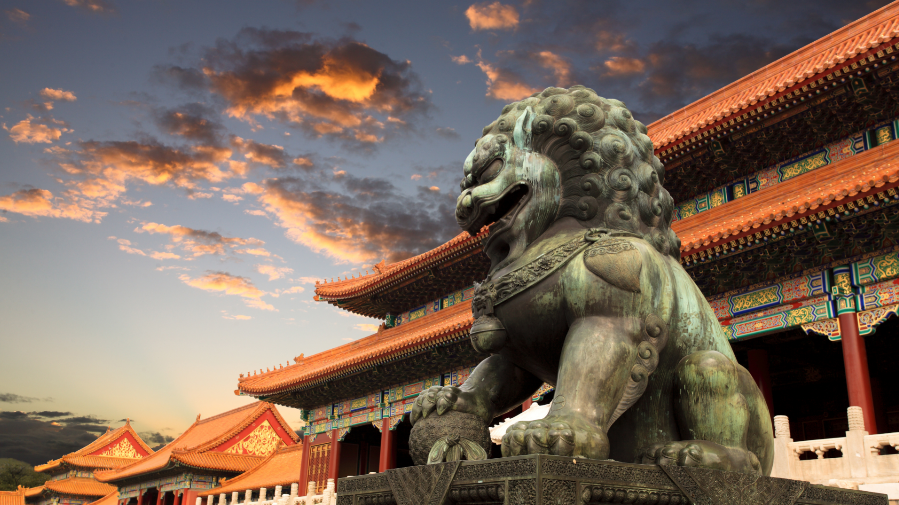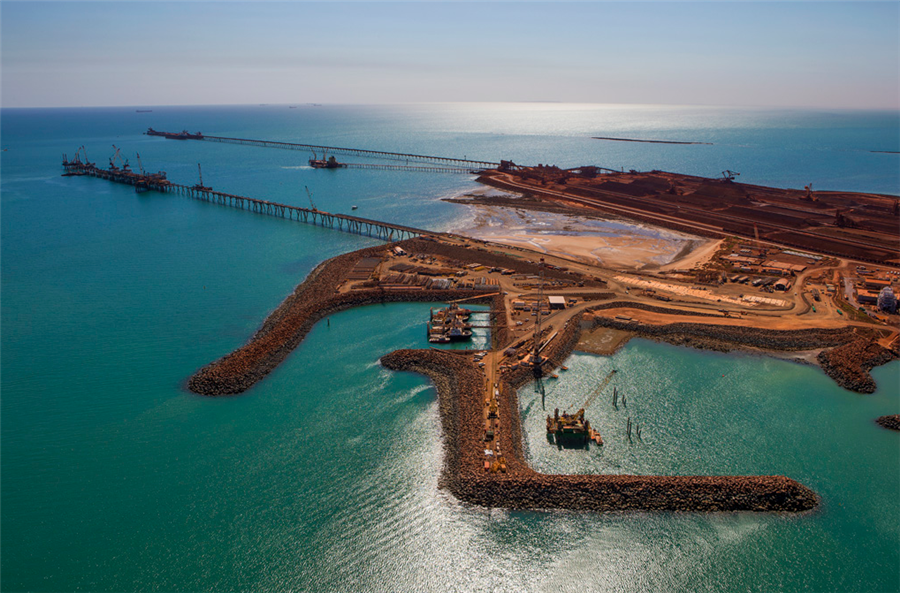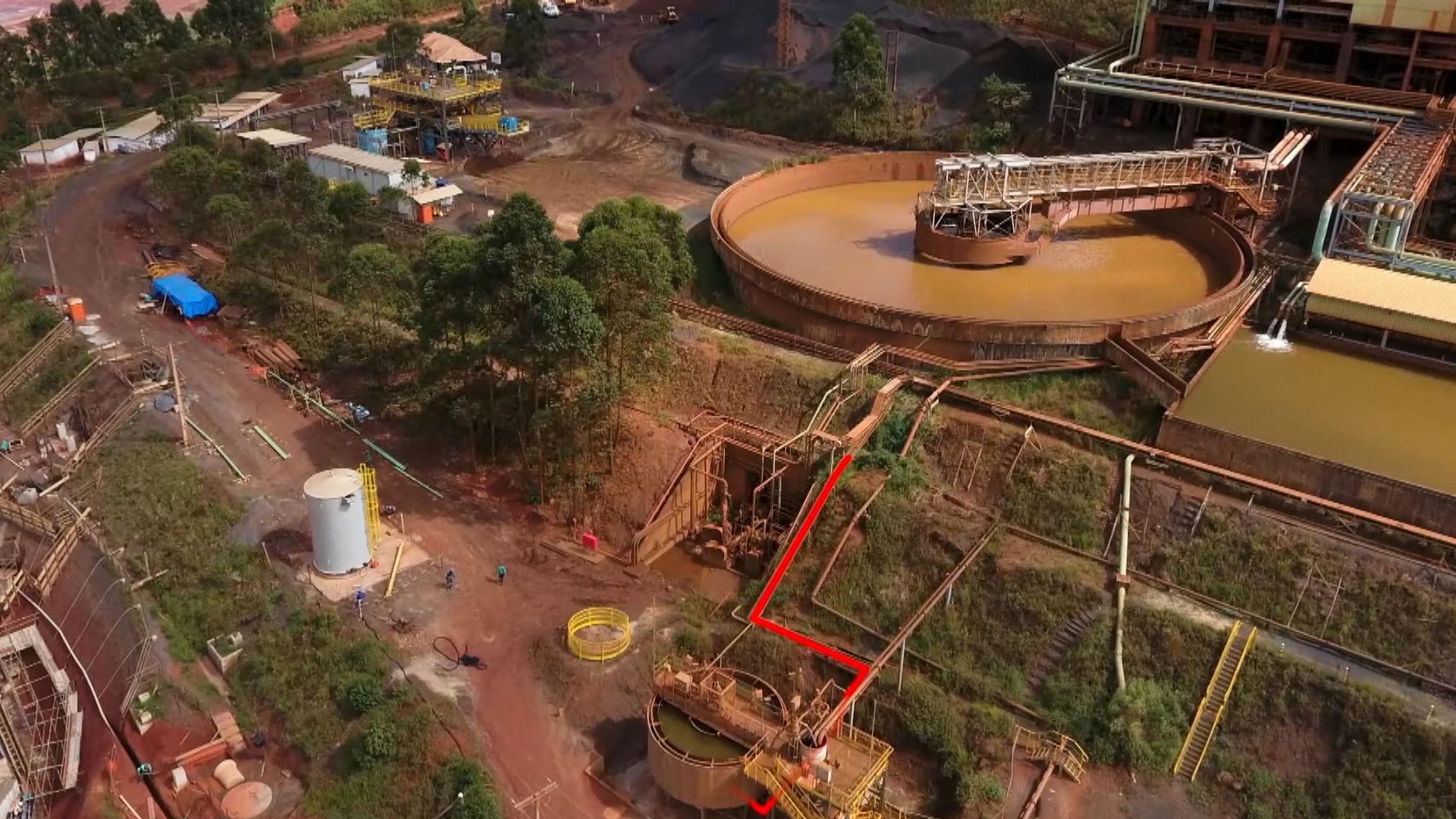Have the bears finally got it right on China?

August is proving to be a difficult month for the mining sector. That’s being led by weak economic news on China.
The narrative here has been extremely bearish. In fact, given the reporting that’s taking place, you’d think the world’s second largest economy was on the brink of collapse!
Deflation, elevated youth unemployment and high vacancy rates are apparently steering the Chinese economy into despair.
The narrative sent several junior mining stocks plummeting toward multi-year lows last week.
But the thing is, front page photos of empty cities across China have been plastered over newspapers for years. High vacancy rates, developers failing to meet re-payments — nothing’s new on this front.
Just take a look at this story published by the Wall Street Journal five years ago, headlined “China’s Ghost Towns Haunt its Economy.”
Yet the economy didn’t collapse back then. Nor is it likely to do so now.
In fact, less than two years after that WSJ article was published, China’s iron ore imports boomed.
Rising demand for iron ore tends to suggest increasing long-term economic activity. While imports dipped during covid-19 the demand outlook remains strong.
Analysts expect shipments to rise between 40 and 60 million tonnes this year from last year’s 1.1 billion tonnes. That will be the first rise in three years.
Yet it’s not a story being picked up by mainstream papers. Instead, ABC, CNN, New York Times and BBC are all focused on the 20% jobless rate among China’s youth, a group that includes 16- to 24-year-olds.
But according to CEIC data, jobless rates among 25- to 59-year-olds made a record low in July 2023. It stands at a very healthy 4.1%.
Clearly this age bracket encompasses the bulk of active workers in China and offers a far better gauge on economic health. However, that works against the bearish China narrative.
Instead, mainstream media remains focused on a group of citizens more likely to be studying, living at home or still in school.
Deflation data
What about the big elephant in the room, Chinese deflation? Well again, the data here is far more upbeat than most news outlets would have you believe.
Yes, headline CPI fell into negative territory last month. But what about the more important figure — core inflation?
Again, that’s not the number being discussed. Yet it surprised to the upside in July rising 0.8% and remains well above the lows from 2021 when it dipped into negative territory.
Today it remains at 0.80, a smidgen below its long-term average of 1.25.
That’s hardly cause for panic.
The world’s largest miner, BHP (NYSE: BHP; LSE: BHP; ASX: BHP) tends to agree. This iron ore behemoth should know.
In its latest earnings call this week, CEO Mike Henry highlighted strong steel demand from infrastructure, green energies, automotive and property completions.
Although, he did flag ongoing weakness among new housing starts.
Rather than flood the economy with liquidity, leaders in Beijing continue to take the cautious approach: targeted stimulus focused on propping up weak segments of the economy while encouraging growth in green energies and EV uptake.
Meanwhile, the country has steadily built up inventories of raw materials including iron ore, coal, copper and oil and gas.
All this while U.S. President Joe Biden depletes the nation’s Special Petroleum Reserves (SPR) to its lowest levels in around 40 years.
China is doing exactly what political leaders in the West failed to achieve: bringing its economy back to life without inducing an inflationary shock.
It’s the type of restraint that’s exposing failings in Western leadership.
But rather than applaud the country for its economic discipline, leaders in the west are using the media to portray a Chinese economy on the verge of terminal decline.
I don’t buy into this narrative and you shouldn’t either. Use it to your advantage.
— This column was previously published in Livewiremarkets.com.
James Cooper is a geologist and mining analyst. Based in Melbourne, he’s now the resident commodities analyst at Fat Tail Investment Research and editor for the Diggers & Drillers Publication. You can follow him on X (Twitter) @JCooperGeo.
More News
Rio Tinto posts lowest Q1 iron ore shipments since 2019, tempers forecast
April 15, 2025 | 03:55 pm
Trump orders tariff probe on all US critical mineral imports
April 15, 2025 | 03:16 pm
{{ commodity.name }}
{{ post.title }}
{{ post.date }}




Comments